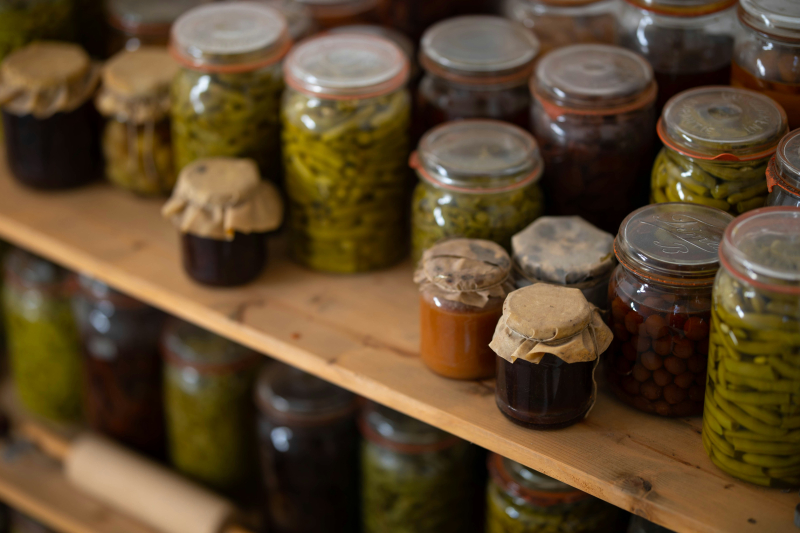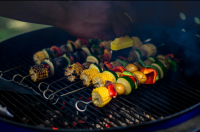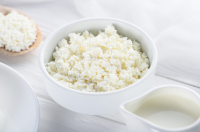Pickling
Russia is truly a pickling nation. Most self-respecting families’ refrigerators and pantries are filled with a gourmet selection of fruits and veggies in jars that make it hard to fit anything else in. Well, this is the price you pay for enjoying summer and fall harvest way into winter and spring.
The Russian way of pickling is pretty frugal. We were all about reusing before it was cool: it feels like a crime to throw out any glass jar because it can later be used for pickling. There’s also no need for a fancy autoclave: you can use boiling water for sterilization and a manual device like this (закаточная машинка) to put the lid firmly on.
That’s all you need! That, and at least a couple of hours of your time. The satisfaction you get when you’re done is totally worth it. Now imagine enjoying the fruits of your labor a couple of months from now. You get both instant and delayed gratification here.
If this little ode to pickling inspired you, here are a couple of classic recipes you can try: pickled cucumbers and tomatoes. You can basically pickle anything though. The weirdest thing I tried was pickled watermelons (that tasted kinda like zucchini).
Dehydration
Another popular way to preserve food is dehydration. You can use a special appliance for that, but an oven or even a sunny windowpane will also do the trick. Among the most commonly dried products are mushrooms. It’s hard to ruin and easy to store them. Once you’re ready to eat them, you simply put them into water in advance and your mushrooms begin to basically look freshly picked again. They work especially well in a soup.
Another popular thing to dehydrate is apples. They can be used as a healthier alternative to chips or to prepare compote: see our previous story to learn more.
While we’re on the topic of drinks – it’s popular in Russia to dry herbs and later add them to your tea, too. Mint (мята), thyme (чабрец), and origanium (душица) are among local favorites. Preparing them is all the easier: usually it’s enough to hang them somewhere warm and dry. Avoid consuming them in large quantities, though, as some herbs have contraindications.
Freezing
I put this method last because I feel like Russians could collectively work on our freezing skills. What we typically do is just put whatever we want to freeze in an – again, possibly reused – plastic bag and then stick it in the freezer for an indefinite period of time. I suspect a vacuum bag with a tag describing what’s in it and when it was frozen would work better, but alas – few bother to do that.
Do you know what kind of a dish “herring under fur coat” is? Or have you ever given milk soup a try? If not, make sure to check out our recently published thorough guide on weirdest things you can find on Russian plates.




